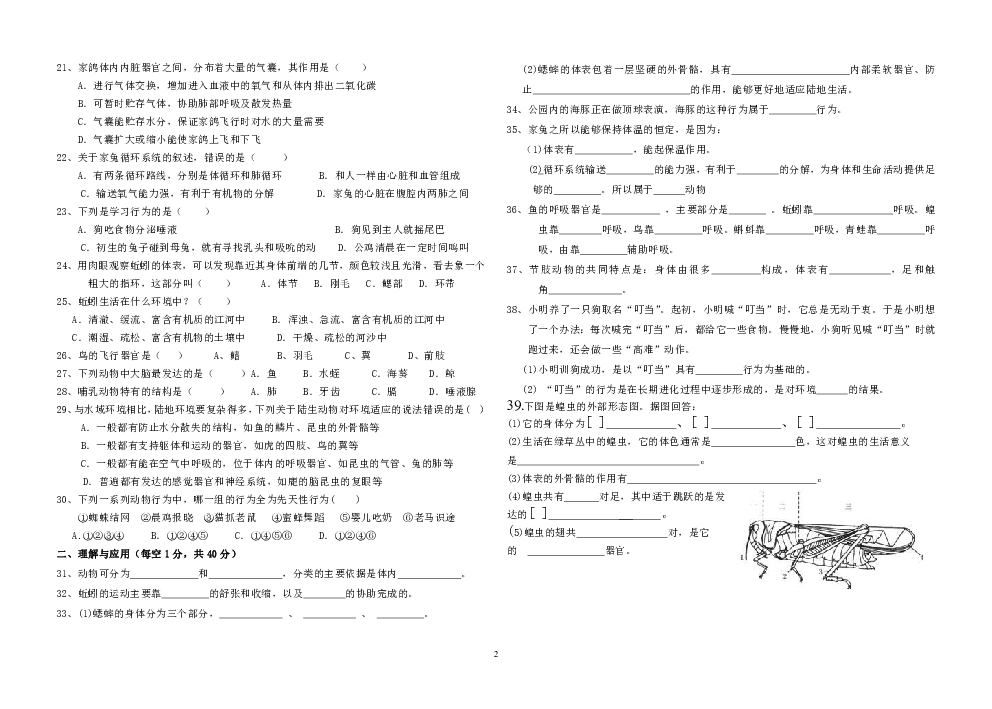PLC vs. Controllers: Understanding the Difference
PLC (Programmable Logic Controllers) and Controllers are both devices that can be used to automate and control machinery and processes. However, there are some key differences between the two that it is important to understand.Firstly, PLCs are designed to handle complex logic and sequencing tasks. They are typically used in industrial automation, where they can interface with sensors, actuators, and other devices to control physical processes. PLCs are often programmable, meaning that you can change the way they operate by changing their programming.Controllers, on the other hand, are designed to control specific machines or processes. They typically have a simpler user interface and are easier to use than PLCs. Controllers are often used in consumer electronics or automotive industries, where they can control basic functions like volume control or speed control.In summary, PLCs and Controllers have different design goals and are used in different industries. PLCs are more flexible and powerful, while Controllers are simpler and easier to use. Understanding these differences can help you choose the right device for your automation needs.
In the world of industrial automation, PLC (Programmable Logic Controller) and Controller are two key components that play a vital role in the efficient operation of machines and processes. However, despite their similar names, there are significant differences between PLC and Controller that are crucial to understand for effective application in industrial settings.

What is PLC (Programmable Logic Controller)?
PLC, or Programmable Logic Controller, is a digital computer designed to interface with industrial machinery and processes. It is primarily used to automate and control machines by reading inputs from sensors and other devices, processing this information according to a predetermined set of rules, and then sending outputs to actuators and other devices to control the machine or process. PLCs are typically programmed using ladder logic or structured text programming languages and are highly customizable, allowing users to create complex control algorithms to meet specific application needs.
What is a Controller?
A Controller, on the other hand, is a device that manages and controls a process or machine by manipulating variables such as temperature, pressure, or flow rate. It typically consists of a feedback loop that continuously monitors the process or machine and adjusts the control variable accordingly to maintain setpoints or optimize performance. Controllers are often used in applications where precise control of process variables is crucial, such as in manufacturing, processing, or chemical industries.
Differences between PLC and Controller
1、Programming and customization: PLCs are programmed using specific programming languages such as ladder logic or structured text, allowing users to create complex control algorithms that can be easily modified and customized to meet changing application needs. Controllers, on the other hand, are typically designed with fixed control algorithms that are not as easily modifiable or customizable.

2、Input/output interface: PLCs are designed to interface with a wide range of industrial sensors and actuators, providing flexibility in connecting to different devices and systems. Controllers, on the other hand, are typically designed to interface with specific devices or sensors, making it more challenging to connect to different systems without significant modification.
3、Performance monitoring and feedback: PLCs often include performance monitoring capabilities that allow users to track and analyze machine or process performance in real-time. This allows for quick identification of issues or bottlenecks and provides opportunities for optimization. Controllers, on the other hand, may not have built-in performance monitoring capabilities or may not be able to provide as detailed performance data as PLCs.
4、Cost and complexity: PLCs are typically more expensive than controllers due to their advanced programming capabilities, flexible I/O interface, and built-in performance monitoring features. Controllers, on the other hand, are simpler in design and function, making them more cost-effective for applications where precise control of process variables is not as crucial.
In conclusion, PLC and Controller are both important components in industrial automation systems with their own unique strengths and weaknesses. Understanding the difference between these two devices is crucial for effective application in different industrial settings. PLCs provide high levels of customization and performance monitoring capabilities while Controllers offer simpler and more cost-effective solutions for precise process control applications.
Articles related to the knowledge points of this article:
PLC Motor Controller: A Critical Component in Modern Automation Systems
Jining PLC Controller Manufacturers
PLC Controller Connection to Frequency Converter